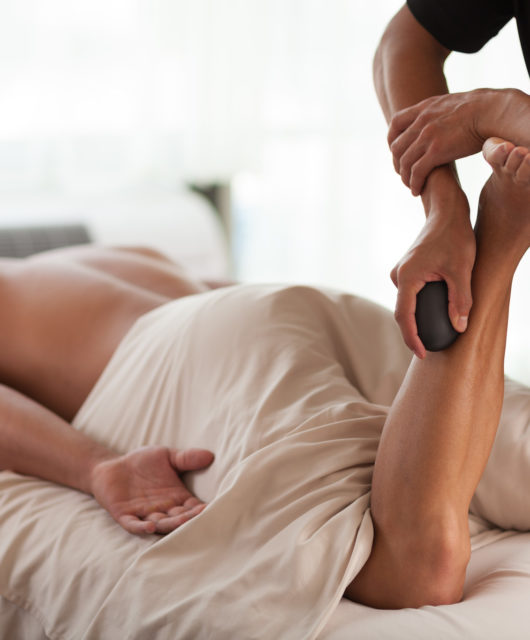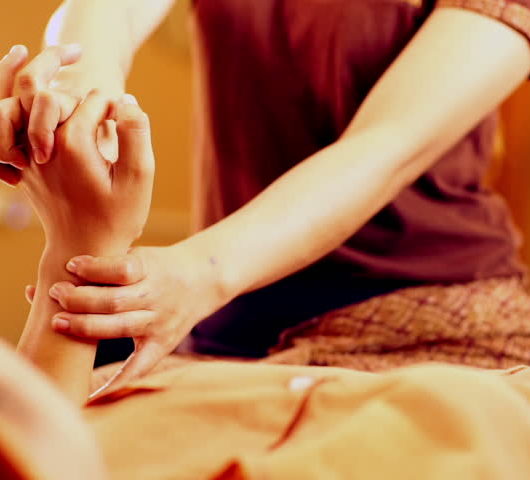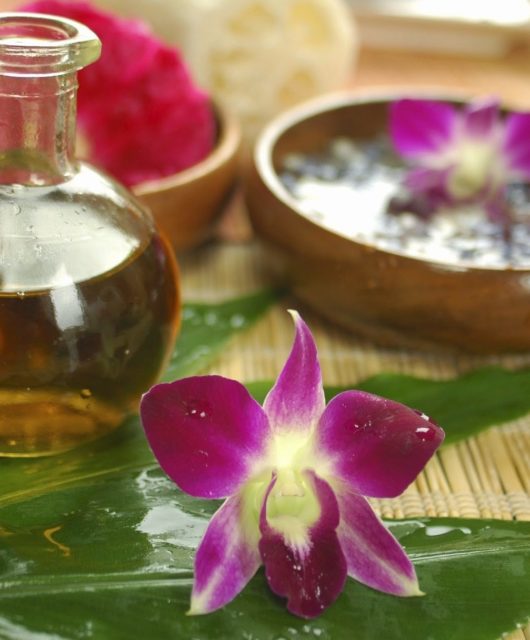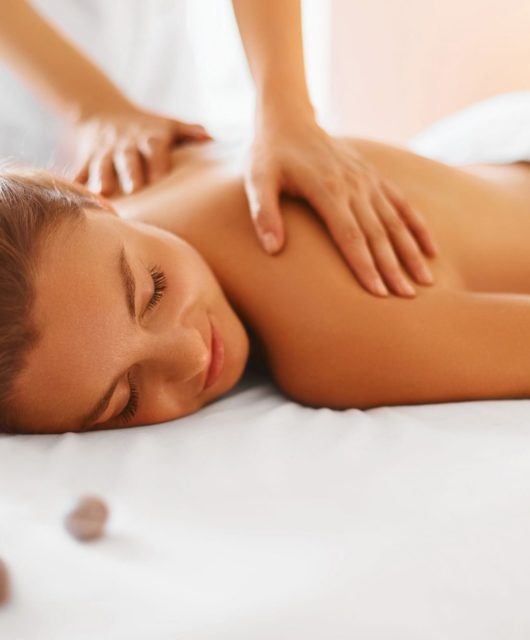What Is Massage Therapy?
When you think of massage therapy what comes to mind? Does the word therapy conjure up images of prescriptions and insurance claims? Well, in this case, it doesn’t have to. Massage therapy is an ancient practice of manipulating the body’s soft tissue to relieve soreness and reduce stress. Anyone can benefit from massage therapy. Whether you are a hardcore athlete who uses massage to help with warmup and recovery, or you are a sedentary office worker who wants to ease the neck pain that comes from bad posture, massage is the kind of treatment that can lead to instant results.
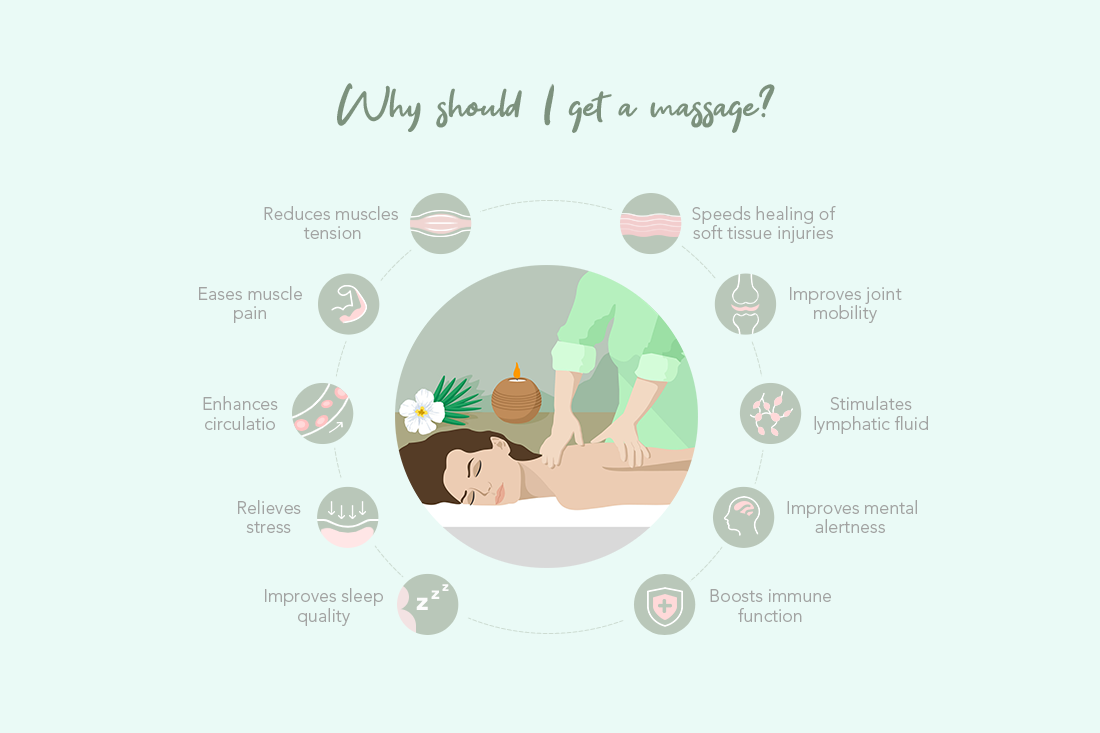
What Are the Health Benefits?
Massage therapy comes with a wide array of benefits, and it makes for a welcome addition to the daily regimen of any person looking to improve his or her overall wellness. The most obvious benefit of massage is muscle relaxation: by gently kneading the muscles, a massage can loosen them up and get rid of tightness. In that same vein, massage therapy can be a potent tool for pain relief. Study after study has shown that a therapeutic massage especially helps relieve chronic neck pain. It does this in part by “closing the pain gate,” a psychological term for stimulating certain nerve endings to keep pain signals from being sent up the spinal cord to the brain. Massage therapy also has the very tangible benefit of increasing blood circulation. Speeding up blood flow reduces aches and pains, increases the body temperature, and improves mobility.
In addition to its physical benefits, massage therapy can also work wonders on your mental health. A massage releases serotonin and dopamine, two crucial neurotransmitters for warding off anxiety and depression. Massages also lead to better quality of sleep, since they directly address both of the twin causes of insomnia: physical discomfort and stress.
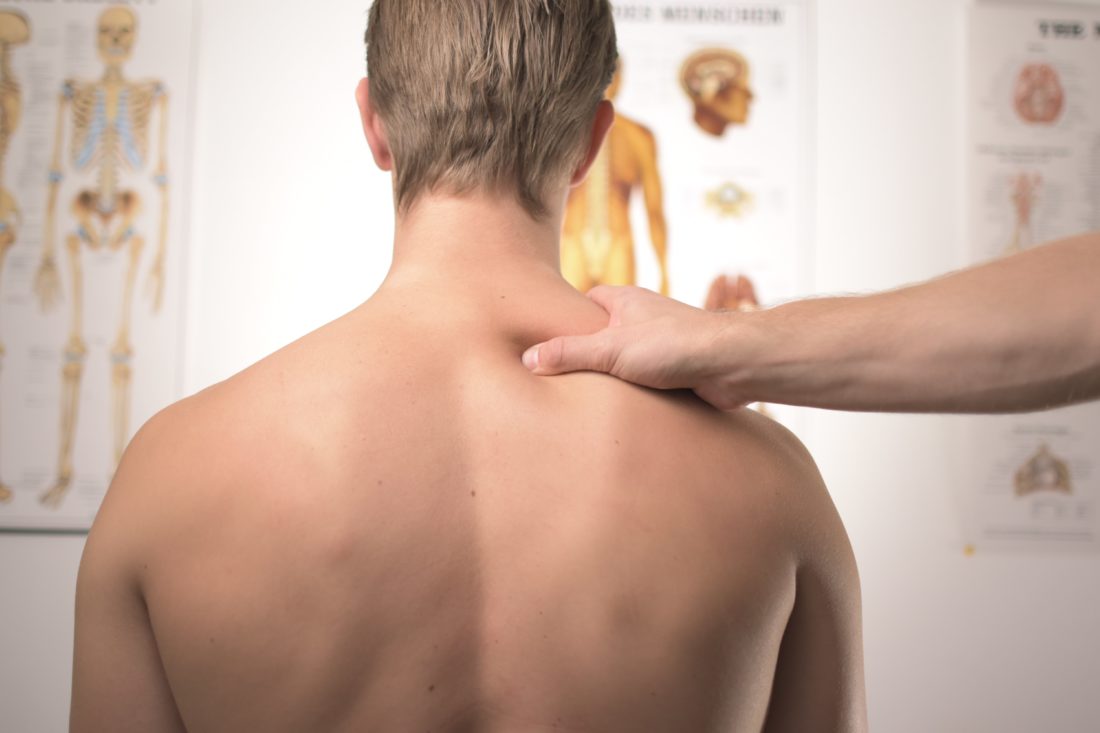
The Main Types of Massage
With a practice that has been around thousands of years, it is no surprise that several types of massage have developed, each with different targets and functions. Although this list is not exhaustive, the main types of massage are below.
- Shiatsu Massage: Originating in Japan, a shiatsu massage combines a focus on pressure points with the rotation and stretching of joints, leading to energy release in the targeted areas.
- Kneading Massage: A kneading massage is exactly what it sounds like—a massage that uses a circular motion to knead the tense areas in your back. It provides comfort by lifting, stretching, and loosening problem areas.
- Compression Massage: Ideal for runners and other endurance athletes, a compression massage adds pressure to a muscle group for relaxation after extensive use.
- Vibration Massage: A vibration massage is a low-intensity massage, which makes it an effective treatment for the soreness that comes with everyday life. Vibration massages use a gentle trembling motion to stimulate soft tissue, which often leads to an overall feeling of relaxation.
- Massage with Heat: Getting a massage with heat creates a soothing sensation to accompany the regular effects of a massage. Not only does this lead to enhanced comfort, but it also bolsters the role of the massage in increasing blood circulation.
- Percussion Massage: Percussion massages make use of the wrists to apply rapid movements to specific areas of the body in short, even sequences. This type of massage is especially valuable for training, since it aids both warmup and recovery and can deliver improved performance.
- Spot Massage: The purpose of a spot massage is to home in on a particularly tight or tense area on the body, then use a series of targeted movements to provide relief. For people with knots or other localized sore spots, a good spot massage can be just as effective for producing comfort as a whole-body experience.
- Rolling Massage: Unlike a spot massage, a rolling massage applies constant pressure to a wider area, especially the lower back. By extending this pressure to a broader region, a rolling massage can release blanket tension, making it easier to overcome a general malaise and get back to work.

Who Can Benefit?
In reality, anyone can benefit from massage therapy. Of course, as the types of massage indicate, massages can be particularly valuable for individuals suffering from either acute or chronic pain. This is true for most body parts with significant muscle tissue, especially the neck, shoulders, and back, as well as the feet. Massage can also help combat full-body pain, such as the kind that comes with fibromyalgia.
Massage therapy can also help with quality of life for workers, whether you work in a blue-collar job that requires manual labor or you spend hours of each day hunched over at a desk staring at a laptop. Either way, massages will combat muscle stiffness and impart a feeling of freshness and rejuvenation.
As hinted above, massages are a crucial part of the routine of any serious athlete, whether you are a marathon runner or simply a weekend warrior. Getting a massage after a workout relaxes the muscles that have just undergone serious stress, and it also rids the body of lactic acid buildup.
If none of the above descriptions apply to you, you are still a prime candidate for massage therapy. Massages can help anyone looking to make improvements in their overall health and wellness, and their impact on both physical and mental well-being cannot be overstated.
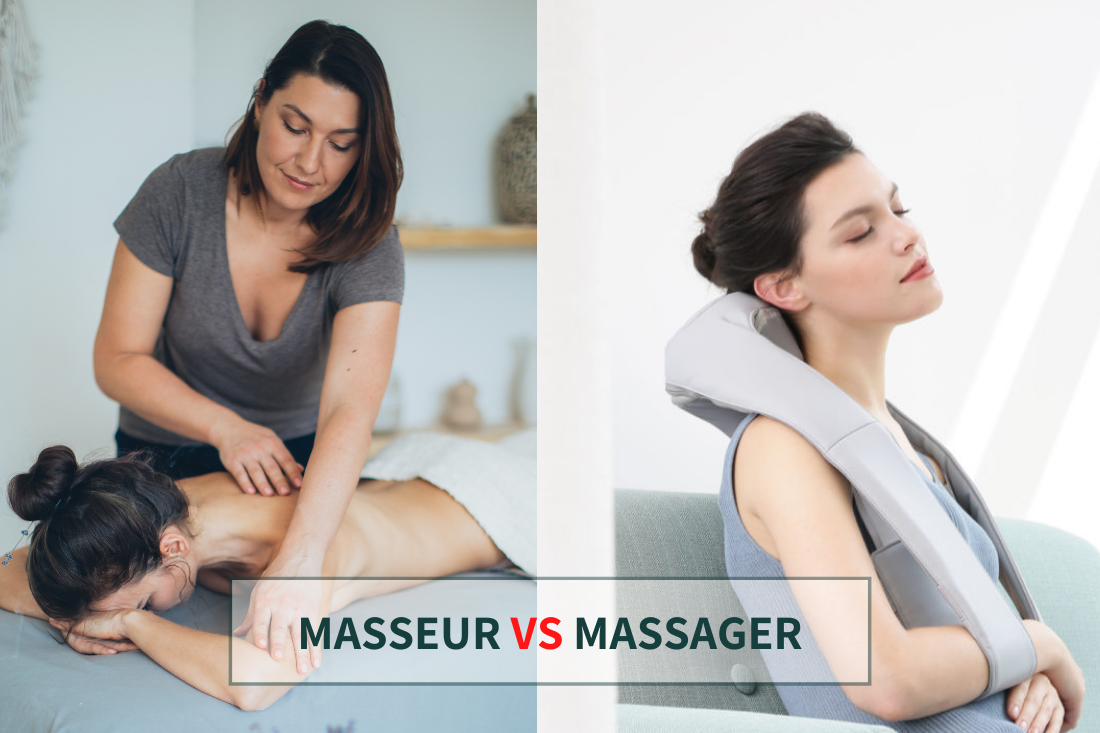
Masseur vs. Massager
The benefits of massage therapy having been made apparent, the next question is whether you have to go to a professional massage therapist to reap the benefits. Luckily, you do not. The average price of a professional massage is $60/hour. To enjoy all the advantages a massage has to offer, you need to get one at least two or three times per week. If you go to a masseur that frequently, the bill will add up pretty quickly. This does not even factor in the opportunity cost that comes with leaving work during the middle of the day to go to the massage therapist’s office when she is available for an appointment.
Nowadays, massage technology is so advanced that you can use an at-home massager without sacrificing anything in quality. Buying a massager from NAIPO only requires a one-time fee as an investment, and the massagers are so durable that they can be used over and over again, entirely at your discretion. In the year 2020, there is hardly any reason not to have your very own massager in your life.

